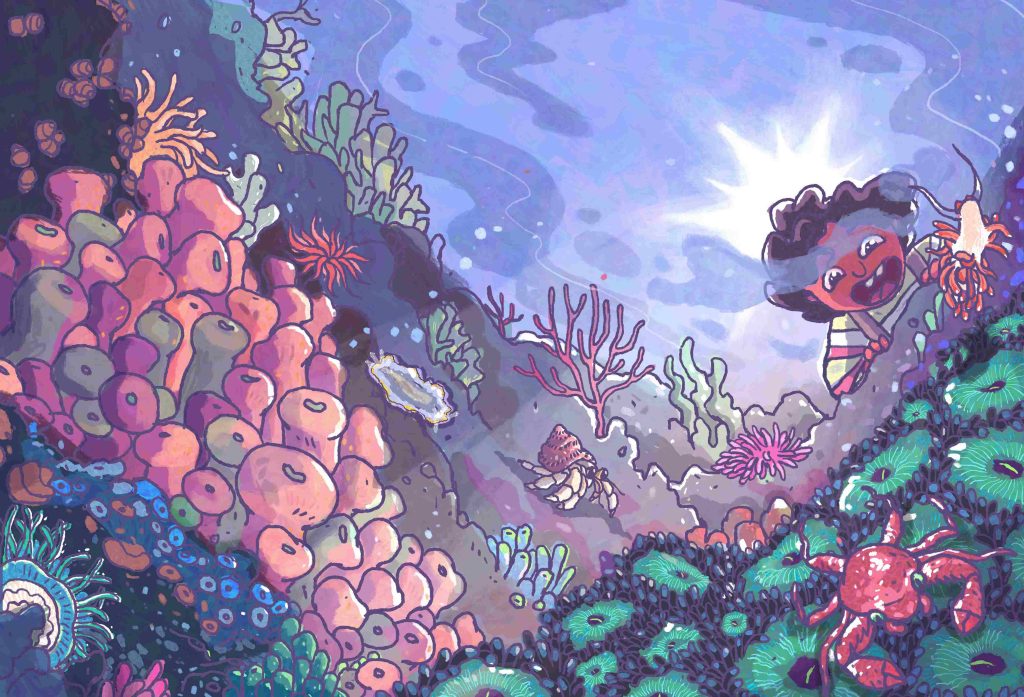Basking sharks can grow up to 12m in length, making them the 2nd largest species of fish in the world. This poses the question; how can we know so little about something so big?
The sight of a large dark fin slicing through the water will fill some with dread. For me it’s excitement and intrigue. Sharks have been swimming in our oceans for nearly 450 million years, but we know very little about key parts of their lives, such as where they eat, breed and travel to during their annual migrations. This information is critical to help provide protection for sharks, as many species are over-exploited and numbers are dwindling. This is where my research comes in…
I am a PhD student, studying basking sharks (Cetorhinus maximus) in UK waters, trying to uncover a little more about where these awesome creatures travel to and what they might be doing when they go there.
The answer is that even though we often see these sharks feeding at the surface in coastal waters of the UK and Ireland during the summer, from the autumn onwards they move into deeper waters, disappearing from sight, and leaving us unable to follow them. However, we are now able to attach small satellite tags onto the sharks, which take detailed information about how deep the sharks are in the water, and where in the world they are swimming. The tags then fall off the sharks after a set time, and send us all this information via satellites. This allows us to follow them, without being anywhere near them!
But first, we need to find the sharks to put the trackers on them. We head out on our boat each summer, searching until we see some sharks (which can take minutes, hours or days). We then approach very slowly so that we don’t disturb the sharks from what they were doing. In the summer, this usually means eating. Standing at the very front of the boat, we use a long pole to attach the tag to the base of the shark’s fin. The shark, unfazed, continues to swim along, feasting on the tiny zooplankton in the water.
The tags then start to collect lots of exciting data for us, so we can try and make sure this enigmatic species is well looked after for the future!
Find out more at:
https://www.exeter.ac.uk/esi/people/phd_students/doherty/
https://www.exeter.ac.uk/esi/research/baskingsharktracking/





